Key Takeaways
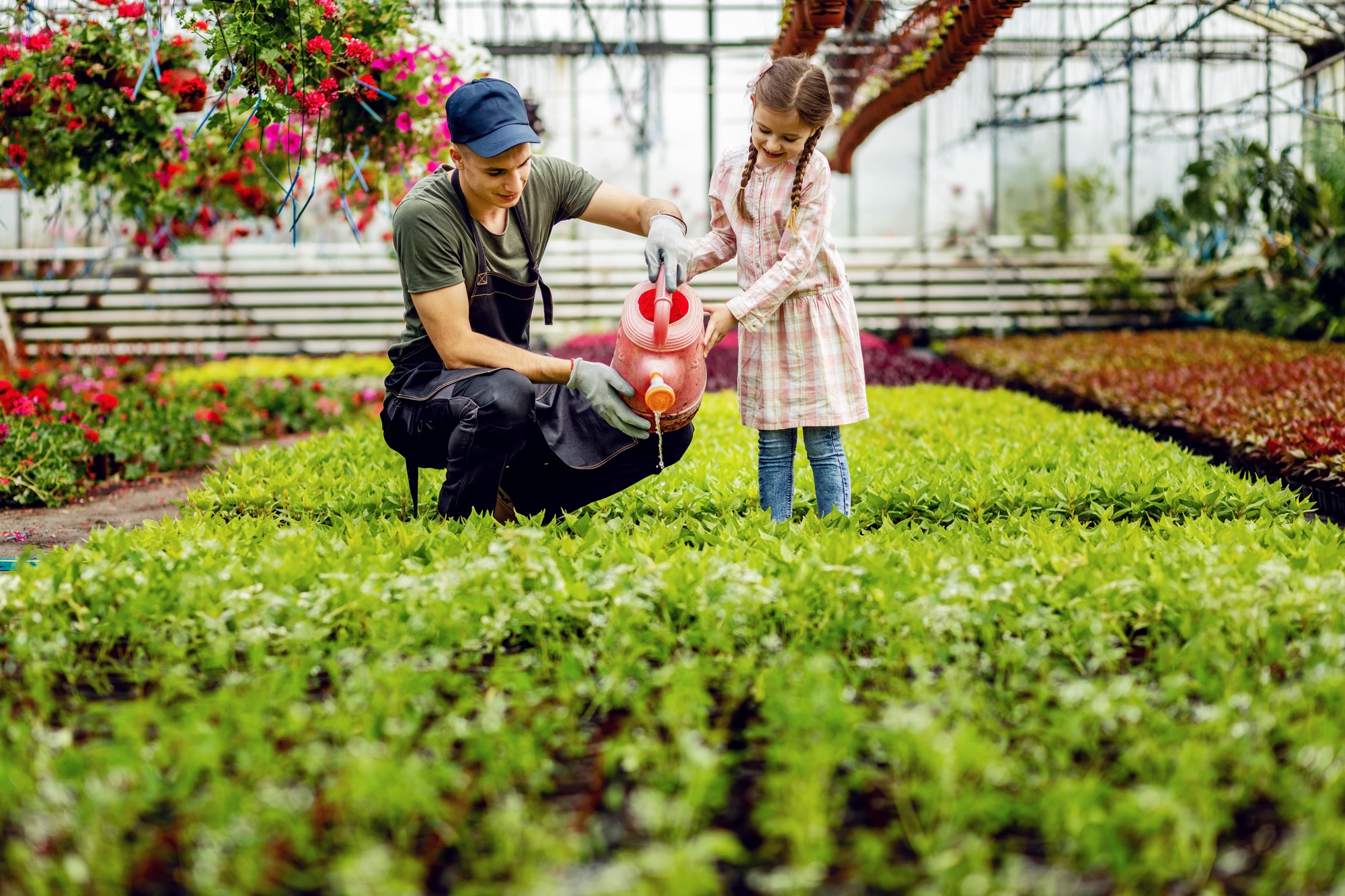
- Choosing the Right Location: Select an accessible site with adequate sunlight, considering zoning laws and climate conditions to support diverse plant growth.
- Understanding Plant Varieties: Research local climate and market demands to choose suitable plants that thrive in your area, focusing on both native species and popular garden varieties.
- Creating a Comprehensive Business Plan: Develop a strategic business plan outlining your goals, target market, marketing methods, and financial projections to guide your nursery’s success.
- Setting Up Adequate Infrastructure: Invest in necessary facilities, like greenhouses and irrigation systems, to optimize plant health and operational efficiency.
- Developing Effective Marketing Strategies: Use online platforms and local engagements to raise awareness about your nursery, attracting customers through vibrant content and community involvement.
- Regular Plant Care and Compliance: Implement consistent plant maintenance strategies, track legal requirements, and maintain a focus on customer satisfaction to ensure sustainable business growth.
Starting a plant nursery can be a rewarding venture for anyone passionate about gardening and nature. Whether you dream of cultivating vibrant flowers or growing fresh herbs, turning that passion into a business can bring joy and financial success. With the right knowledge and planning, you can create a thriving space that not only nurtures plants but also fosters a community of fellow plant lovers.
In this guide, you’ll discover essential steps to launch your own nursery. From selecting the perfect location to understanding the types of plants that thrive in your area, each decision will shape your nursery’s future. Get ready to dig deep into the world of horticulture and entrepreneurship, and watch your dream bloom into reality.
How to Start a Plant Nursery

Starting a plant nursery requires careful planning and execution. Follow these steps to establish a successful small business in the horticulture industry.
- Select a Location
Choose a location with adequate sunlight and accessibility. Ensure that the area can accommodate various plant varieties while also allowing for expansion.
- Understand Plant Varieties
Research local climate conditions and select suitable plants for your nursery. Consider native plants, flowers, vegetables, and herbs that thrive in your region.
- Create a Business Plan
Draft a business plan that outlines your nursery’s mission, target market, and financial projections. Incorporate strategies for marketing and sales to reach your audience effectively.
- Obtain Necessary Permits
Identify and secure local permits and licenses required for operating a plant nursery. Compliance with regulations helps avoid future legal issues.
- Set Up Infrastructure
Invest in necessary infrastructure such as greenhouses, shed space, and irrigation systems. Proper facilities enhance plant growth and maintenance.
- Acquire Quality Plant Stock
Source seeds and plants from reputable suppliers. High-quality plant stock leads to better growth rates and customer satisfaction.
- Develop Marketing Strategies
Implement marketing strategies such as social media campaigns and local farmer’s markets to attract customers. Creating an online presence helps build brand awareness.
- Manage Finances Wisely
Track expenses and revenue accurately for sustainable growth. Creating a financial cushion allows flexibility in the business’s early stages.
- Engage with the Community
Participate in local gardening events and workshops to connect with potential customers. Building relationships fosters trust and loyalty.
- Evaluate and Adapt
Continually assess performance and market trends. Be ready to adjust your business strategies based on customer feedback and market demands.
Planning Your Plant Nursery
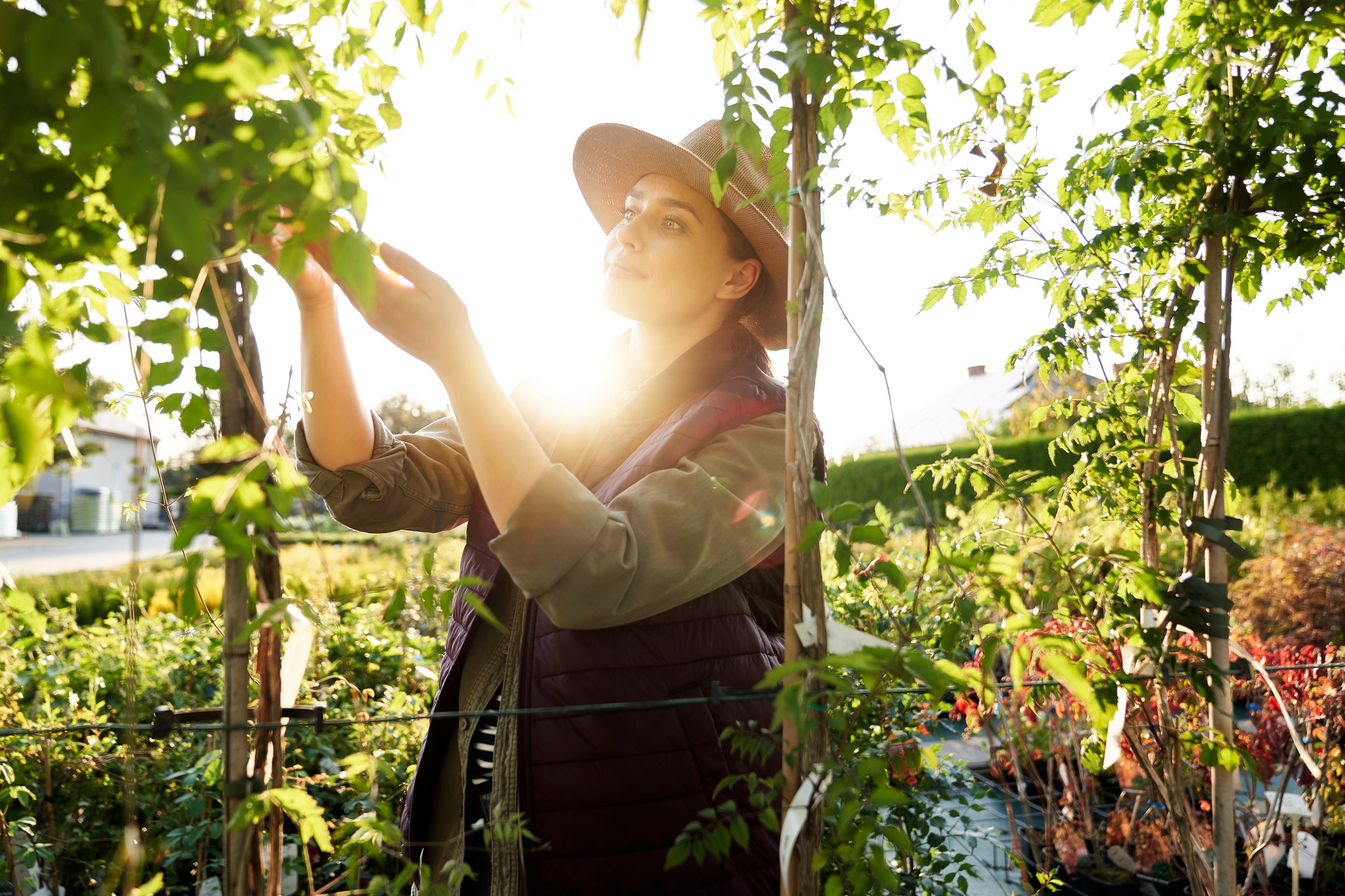
Planning involves several essential steps to lay a strong foundation for your small business focused on plants.
Defining Your Nursery’s Niche
Define your nursery’s niche by identifying specific types of plants you want to cultivate. Specialization in flowers, shrubs, or herbs creates a targeted market segment. For example, concentrating on native plants or organic herbs caters to environmentally conscious consumers. Select a niche based on personal interests and local demand for the best results.
Researching Local Market Demand
Research local market demand to understand consumer preferences in your area. Survey local gardening clubs and visit nearby nurseries to gather information about popular plant varieties. Analyze seasonal trends and the types of plants that sell best. For instance, some regions experience higher demand for drought-resistant plants or specific ornamental flowers. Gathering this data aids in aligning your offerings with market needs.
Creating a Business Plan
Create a comprehensive business plan outlining goals, strategies, and financial projections. Detail the nursery’s mission statement, marketing approaches, and operational plans. Include information on facilities, staffing, and budget allocations. For example, plan your startup costs for soil, pots, and promotional materials. A solid business plan serves as a roadmap for growth and success in your plant nursery venture.
Choosing the Right Location

Selecting a suitable location for your plant nursery is crucial. Several factors influence this decision, including land requirements, zoning laws, and environmental conditions.
Evaluating Land Requirements
Assess land space based on the scale of your nursery. Aim for at least 1 to 2 acres for a small business to optimize growth and expansion. Ensure the land features a flat or gently undulating terrain with slopes of 0 to 3 degrees to promote proper drainage and ease of movement. Avoid low-lying areas that are prone to flooding to protect your plants and soil.
Understanding Zoning Laws
Research local zoning regulations that pertain to nursery operations. Verify permitted uses, setbacks, and any restrictions that apply to agricultural activities in your area. Ensure compliance with these laws to avoid penalties and ensure smooth operation of your small business.
Assessing Climate and Environment
Evaluate the climate conditions of the location. Consider factors such as temperature, humidity, and rainfall patterns, as they directly affect plant growth. Identify hardiness zones to select suitable plant varieties for your nursery. Ensure the surrounding environment supports growth and mitigates risks like extreme weather events.
Materials and Tools Needed

Starting a plant nursery requires specific materials and tools for efficient operation and successful plant production.
Essential Materials for Plant Production
- Liners and Plants: Purchase liners (young plants) for timely growth to finished size, allowing for quick recovery of part of the initial investment and establishing a customer base.
- Soil and Planting Mix: Invest in high-quality soil and planting mixes to promote healthy plant growth. These mixes enhance soil with organic matter, relieve compacted clay soil, and boost moisture retention.
- Containers and Pots: Acquire various baskets, pots, and seedling trays for growing and transporting plants. Select appropriate materials such as plastic and clay, choosing sizes that suit your plant varieties.
Necessary Tools for Nursery Maintenance
- Watering Equipment: Utilize efficient watering hoses or drip irrigation systems to ensure proper hydration levels for your plants. Consistent watering minimizes plant stress and promotes growth.
- Pruning Tools: Employ sharp pruning shears and loppers to maintain plant health by removing dead or overgrown branches. Regular pruning encourages new growth and improves plant appearance.
- Fertilization Gear: Obtain spreaders or sprayers to apply fertilizers uniformly. Efficient fertilization boosts plant health and yields, essential for operating a successful small business in the horticulture industry.
Setting Up Your Nursery

Establishing a functional and organized plant nursery involves careful planning in various areas, including layout design, soil preparation, and selecting the right plants. Consider these key aspects as you set up your nursery.
Designing the Layout
- Design the layout to optimize space and enhance accessibility. Arrange plant beds and containers in rows, leaving ample space for easy movement and maintenance.
- Divide the nursery into sections based on plant types or growing stages—seedlings, established plants, and display areas for sale.
- Incorporate pathways that allow for efficient watering and upkeep. Ensure paths remain accessible while minimizing soil compaction.
- Consider the sun’s trajectory to position plants according to their light requirements, placing shade-tolerant plants in less sunny areas.
Preparing the Soil
- Prepare the soil by testing its nutrient levels and pH. Utilize soil testing kits to determine necessary amendments.
- Amend the soil with organic matter, such as compost or peat moss, to improve texture, drainage, and fertility. Aim for a balanced mix to support healthy plant growth.
- Ensure proper drainage by raising beds if waterlogging is a concern. Implement a drainage system, if necessary, to manage excess water effectively.
- Cultivate the soil to break up clumps and promote aeration. This step enhances root penetration and overall plant health.
Selecting Suitable Plants
- Select suitable plants based on your local climate and market demand. Research hardiness zones and local plant varieties to ensure viable options.
- Prioritize high-demand species that align with community interests. Consider seasonal trends to anticipate customer needs throughout the year.
- Gather traits for potential plants, such as growth habits and care requirements, to develop a diverse inventory that caters to various preferences.
- Invest in quality liners and seeds from reputable suppliers to ensure healthy growth and reduce the risk of disease.
Implementing these strategies effectively creates a strong foundation for your small business in the plant nursery sector.
Plant Care and Maintenance
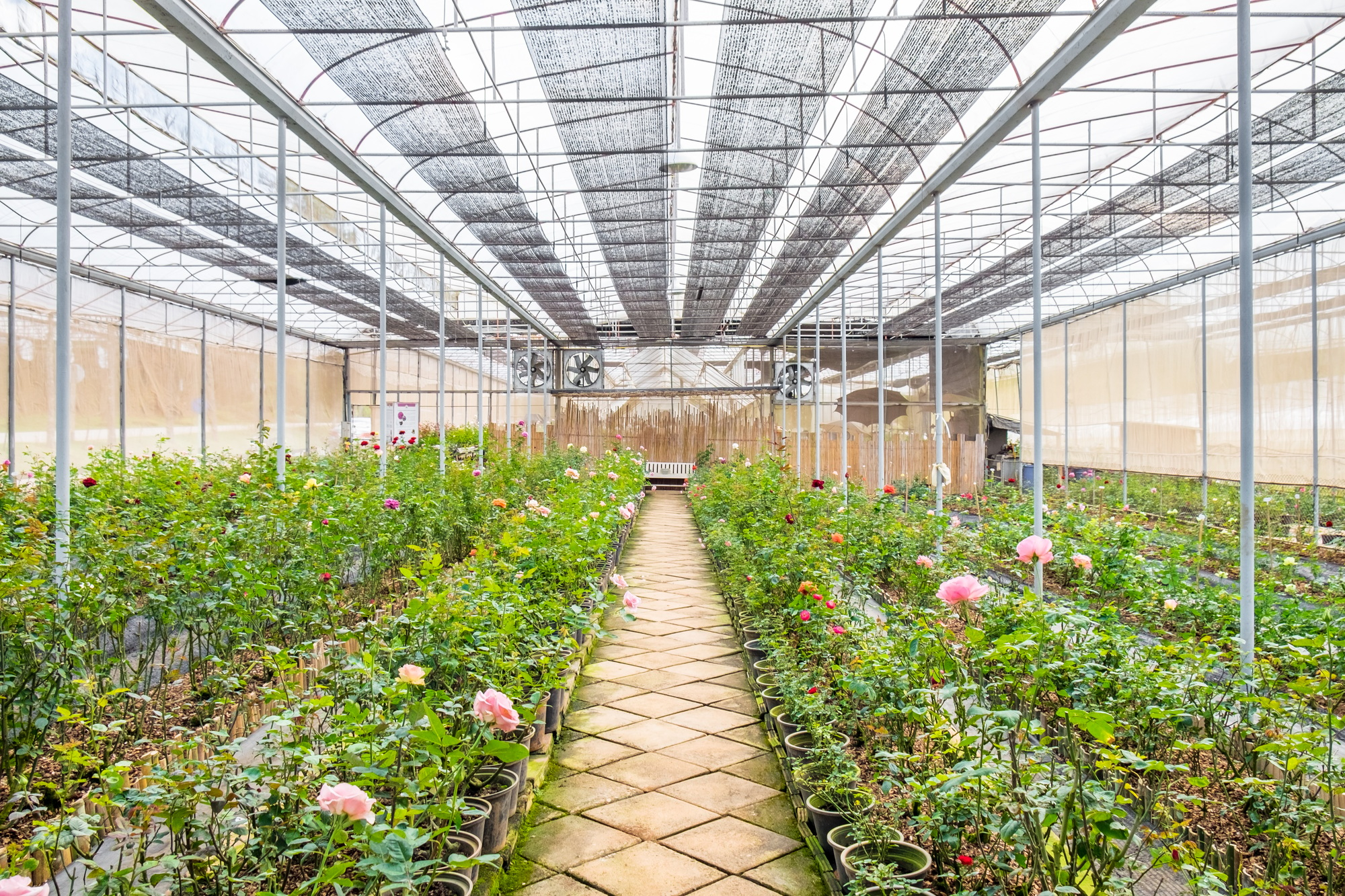
Plant care and maintenance play vital roles in the success of your small business nursery. Attention to key areas such as watering techniques, fertilization guidelines, and pest management strategies ensures healthy plant growth and increases profitability.
Watering Techniques
Watering techniques directly influence plant health. Implement the following practices:
- Water new plantings frequently—2 to 3 times a week.
- Water thoroughly to ensure soil saturation, requiring at least 30 minutes for effective soaking.
- Adjust watering schedules based on plant types and seasonal weather patterns.
Fertilization Guidelines
Fertilization guidelines provide essential nutrients for optimal growth. Follow these principles:
- Use a balanced fertilizer designed for the specific plants cultivated in your nursery.
- Apply fertilizers according to the manufacturer’s instructions to avoid over-fertilization.
- Conduct soil tests to determine nutrient deficiencies and adjust fertilization plans accordingly.
Pest Management Strategies
- Monitor plants regularly for signs of pest infestations, such as discolored leaves or unusual growth patterns.
- Utilize organic pest control methods, such as neem oil or insecticidal soap, for safer treatments.
- Establish beneficial insect populations, like ladybugs, which naturally reduce pest numbers.
Marketing Your Plant Nursery
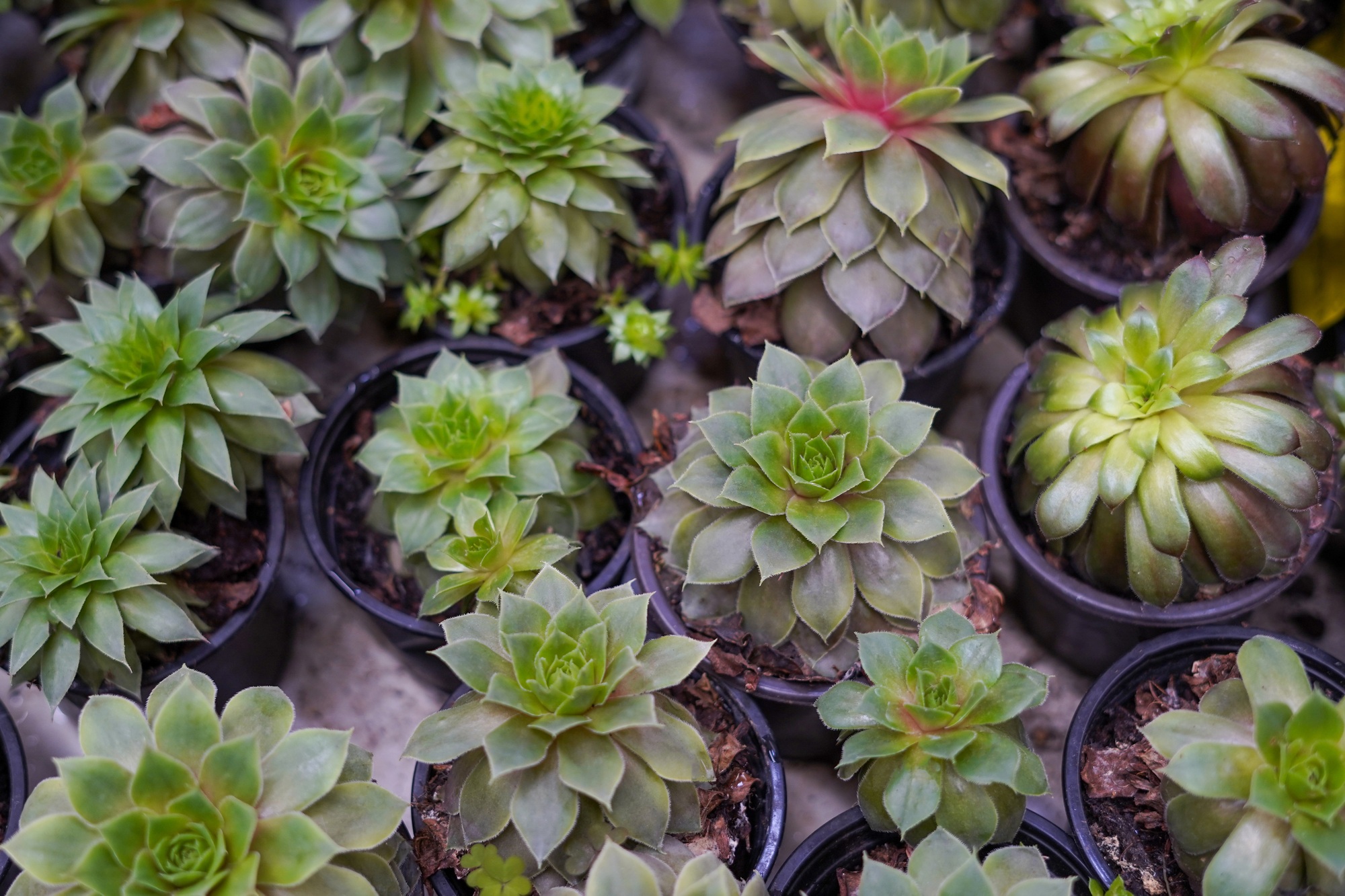
Marketing represents a crucial aspect of launching a small business successfully. Effective marketing strategies help attract customers and increase sales at your plant nursery.
Building an Online Presence
Establish an informative website that showcases your offerings. Include vibrant images of your plants along with detailed descriptions. Implement a user-friendly design for easy navigation. Utilize an e-commerce platform for online sales and streamline customer orders. Optimize your website for search engines using relevant keywords to improve visibility in search results.
Engaging with Local Communities
Participate in local events such as farmers’ markets or garden fairs. Collaborate with community organizations and schools to host workshops on gardening techniques and plant care. Consider offering plant-related services like landscape design or garden consultations to build relationships with local residents. Form partnerships with local businesses to cross-promote products and services, increasing brand awareness.
Utilizing Social Media for Promotion
Leverage platforms such as Instagram and Facebook to share engaging content. Post high-quality photos of your plants, highlight special promotions, and provide gardening tips. Create interactive content like polls or contests to engage your audience. Regularly respond to comments and messages to foster community engagement. Consider using targeted advertisements to reach potential customers within your area effectively.
Legal Considerations
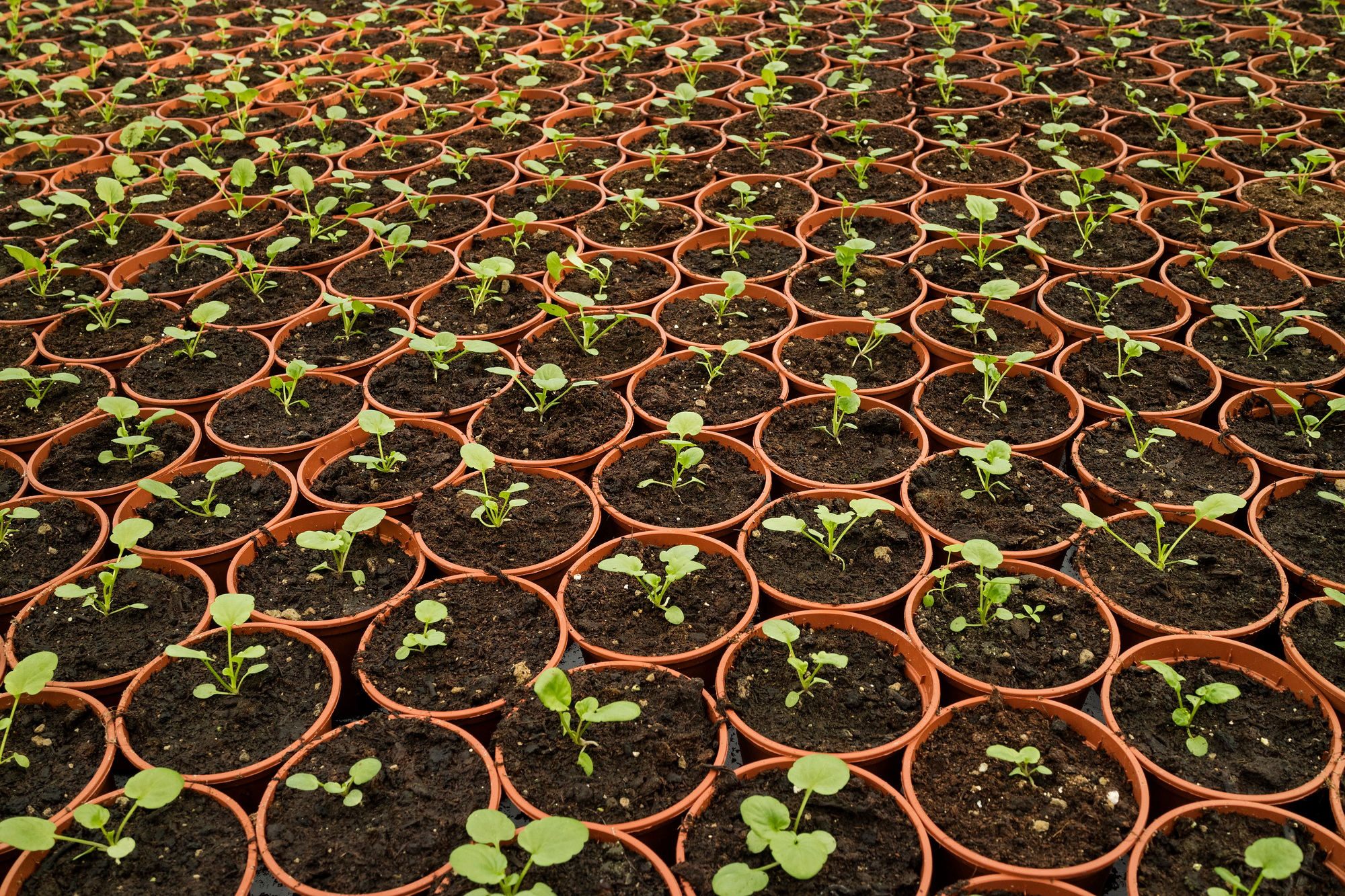
Establishing a plant nursery involves several legal considerations that ensure compliance and facilitate smooth operations.
Obtaining Necessary Permits
Acquire necessary permits before starting operations. Various local and state regulations dictate specific licensing requirements. Research zoning laws that apply to your proposed nursery location. Understand environmental regulations if your nursery involves outdoor cultivation. Consulting with a local government office streamlines the permitting process, providing clarity on unique municipal or county demands.
Understanding Business Licenses
Insight into business licenses is essential for your plant nursery. Most states require a business license to operate legally. Investigate the specific requirements, which can vary by state and locality. Ensure all licenses renew timely to avoid penalties. Engage with a local business consortium or chamber of commerce for guidance in navigating the licensing landscape associated with your small business.
Troubleshooting Common Issues

Addressing common issues in a plant nursery enhances your small business’s success. Consider these critical areas for troubleshooting.
Dealing with Plant Diseases
Identify symptoms of plant diseases early to prevent spread. Apply organic fungicides or other approved treatments for specific diseases like root rot or powdery mildew. Implement preventive measures such as proper spacing for air circulation and routine inspections to catch problems promptly.
Managing Pest Infestations
Monitor plants regularly for signs of pest activity. Use traps for monitoring and identifying pest types. Employ integrated pest management techniques, including introducing beneficial insects, applying organic insecticides, and ensuring proper sanitation to minimize pest habitats.
Handling Customer Complaints
Listen actively to customer feedback regarding plant quality or nursery services. Respond promptly and professionally to complaints, offering solutions like refunds or replacements. Maintain clear communication and ensure your policies regarding returns are transparent to foster trust and customer loyalty.
Conclusion

Starting a plant nursery can be a fulfilling journey that combines your passion for gardening with entrepreneurial spirit. By following the outlined steps and staying informed about market trends, you can create a thriving business that not only brings joy to your life but also to your community.
Remember to focus on quality care for your plants and engage actively with your customers. Building strong relationships and adapting to their needs will set you apart in the competitive horticulture industry.
With dedication and a well-thought-out plan, your nursery can flourish and become a cherished resource for plant lovers. Embrace the adventure ahead and watch your dreams grow.
Frequently Asked Questions

What is a plant nursery?
A plant nursery is a business that grows and sells plants, including flowers, herbs, and trees. Nurseries provide both retail and wholesale services, catering to gardeners, landscapers, and plant enthusiasts. They focus on cultivating healthy plants for local climates and consumer preferences.
How do I start a plant nursery?
To start a plant nursery, choose a suitable location with good sunlight and drainage. Research local plant varieties, create a solid business plan, and obtain necessary permits. Invest in quality soil, liners, and essential tools, then design your layout for optimal plant growth and accessibility.
What essential tools do I need for a nursery?
Key tools for a plant nursery include watering equipment, pruning tools, and fertilization gear. Additionally, you’ll need containers for planting, soil testing kits, and pest management supplies to ensure healthy plant growth and effective maintenance.
How important is location for a plant nursery?
Location is critical for a plant nursery’s success. It should have adequate sunlight, proper drainage, and comply with local zoning laws. An ideal space, typically 1 to 2 acres, helps accommodate a variety of plants and enhances accessibility for customers.
What plants should I grow in my nursery?
Select plants based on your interests and local market demand. Research suitable varieties for your climate and assess seasonal trends to align your offerings with consumer preferences, increasing the likelihood of success in your nursery venture.
How can I market my plant nursery effectively?
Build an engaging website and utilize e-commerce for online sales. Participate in local events and workshops to connect with the community and promote your brand. Use social media platforms to showcase your plants, share gardening tips, and attract customers.
What permits do I need to start a plant nursery?
You will need to obtain various permits and licenses based on local and state regulations. Researching business licenses, environmental regulations, and zoning laws is essential to ensure compliance. Consulting local government offices can help streamline the process.
How can I manage pests and diseases in my nursery?
To manage pests and diseases, monitor plants regularly for early signs of trouble. Use organic treatments and implement integrated pest management techniques. Foster good communication with customers about plant care and respond promptly to feedback for better customer relations.
Image Via Envato: vershinka_com, StudioPeace, seventyfourimages, picturepartners, romashkacom, Mumemories, traimakivan, micens, zamrznutitonovi, gpointstudio, shakures, drazenphoto



